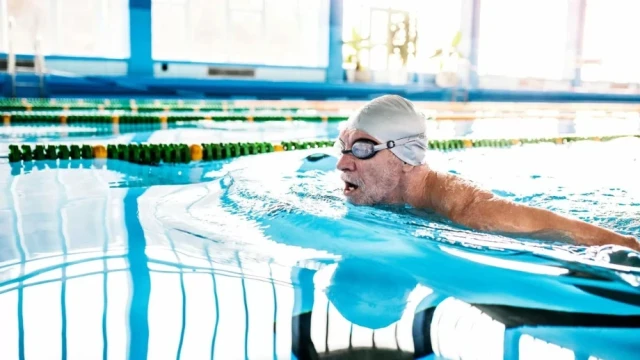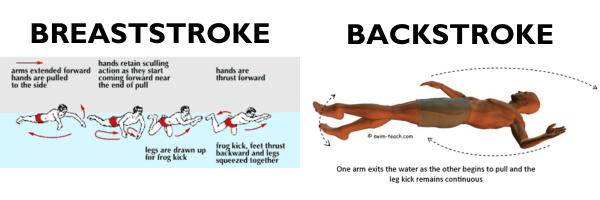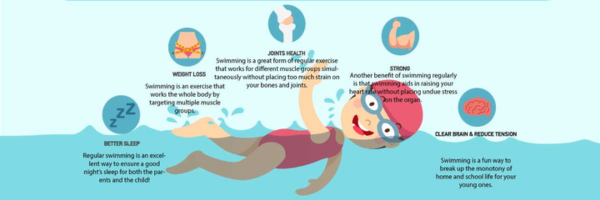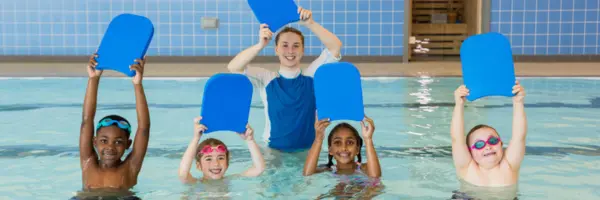
Unlocking the Therapeutic Potential of Swimming to Keep Your Joints Happy and Healthy
Swimming is a great low-impact and full-body exercise that puts your joint and orthopedic health at the forefront. This activity promotes joint flexibility and a deeper range of motion by enabling a wide variety of movements. Additionally, swimming increases blood flow to muscles and joints, helping to reduce inflammation and support the healing process.
An ideal choice for individuals with joint issues or those recovering from orthopedic injuries, swimming can help alleviate joint pain associated with conditions like arthritis by providing gentle yet effective movement that promotes circulation and reduces stiffness.
Joint Conditions and Injuries that Flounder Without Proper Attention
Specific joint conditions or injuries that can benefit most from swimming include osteoarthritis, rheumatoid arthritis, tendonitis, and post-surgical rehabilitation. Different swimming strokes and techniques can target specific muscle groups and joints. Breaststroke and backstroke are often recommended as they engage the shoulders, hips, and knees at once.

Buoying Up with Potential Orthopedic Risks and Rehabilitation Measures
Individuals with joint issues should take precautions when swimming by starting slowly, using proper technique, and avoiding overexertion. It's important to listen to your body and modify your swim routine as needed to prevent strain or injury.
Swimming can help prevent future joint problems or injuries by strengthening the muscles around the joints, improving overall stability, and maintaining healthy joint function. In rehabilitation for orthopedic injuries, swimming plays a crucial role in restoring mobility, building strength, and enhancing coordination.

Stretching for Added Relief
To experience the joint health benefits of swimming, it is recommended to swim at least 2-3 times per week for about 30 minutes to an hour per session. This frequency and duration can be adjusted based on individual fitness levels, goals, and any existing joint conditions.
Incorporating specific exercises or stretches that complement swimming, such as yoga or Pilates, can further enhance joint health by targeting flexibility, balance, and core strength. When incorporating swimming into an exercise routine for joint health, consider factors such as water temperature, pool depth, and proper equipment like goggles and swim caps. Swimming can be adapted for individuals with different levels of joint mobility or limitations by using flotation devices, modifying strokes, or seeking guidance from a physical therapist or swim instructor. Water aerobics classes or gentle aquatic exercises can also provide a joint-friendly alternative for those with more severe joint issues.
Swimming can be adapted for individuals with different levels of joint mobility or limitations by using flotation devices, modifying strokes, or seeking guidance from a physical therapist or swim instructor. Water aerobics classes or gentle aquatic exercises can also provide a joint-friendly alternative for those with more severe joint issues.

With its holistic benefits and adaptability, swimming emerges as a refreshing and effective way to prioritize joint health and overall well-being as we head into the summer months.
This information is provided as an educational service and is not intended to serve as medical advice. If you are seeking specific orthopedic advice or assistance, please consult with your OrthoCarolina physician or locate one in your area through OrthoCarolina’s website at www.OrthoCarolina.com.
Back




Leave a Comment